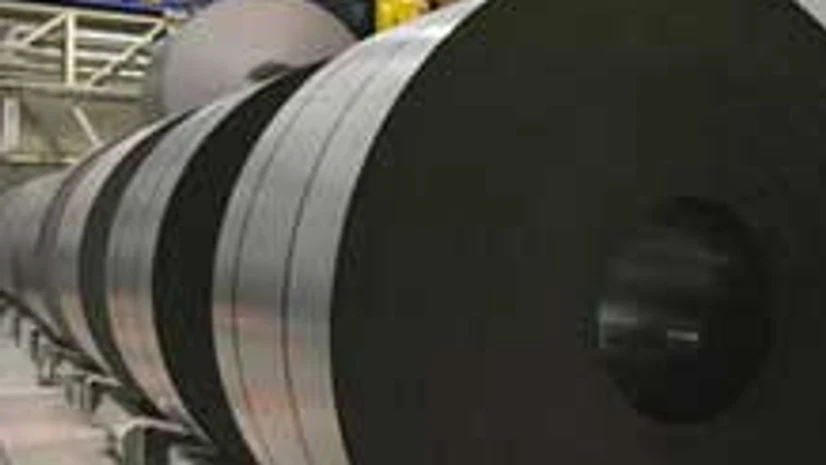The market’s nervousness over mining issues is evident from the volatility in metal and mining stocks, some of which have fallen as much as 25 per cent in the past two months. Nevertheless, JSW Steel continues trading firm and, at Rs 1,336 (up seven per cent), is near its 52-week high of Rs 1,365.35, seen this month.
While the company does not face risks on the profitability front, unlike many of its peers, its sales continue to increase, rising 12-13 per cent in the first five months of this financial year. Also, while the acquisition of Maxsteel assets in August bodes well, talks to acquire the facilities of Italian steelmaker Lucchini are being looked at positively. The timing of such expansion is opportune, as these come at reasonable valuations and are seen adding to JSW’s profitability.
Analysts say in this backdrop, JSW remains the preferred pick in the steel segment. The consensus target price for the stock, according to analysts polled by Bloomberg in September, is Rs 1,463, though some analysts also have target prices as high as Rs 1,647.
Strong profitability outlook
While most leading steel makers are facing profitability risks due to concerns about coal blocks and recent iron ore mining issues in Jharkhand, this isn’t the case with JSW Steel.
Coal block issues have hurt investor sentiment. For instance, Jindal Steel and Power faces the risks of profitability plummeting in the event of adverse decisions on its coal blocks. Analysts at Jefferies feel return on capital employed on its investment in the 2.5-million-tonne (mt) steel plant and 810-Mw captive power plant at Angul, Odisha, are likely to be low in the absence of captive coal from the Utkal B1 coal block.
For Tata Steel and SAIL, the rise in royalty on iron ore mining and some mines in Jharkhand seeing mining restrictions don’t bode well. Analysts at Motilal Oswal estimate Tata Steel and SAIL’s earnings before interest, tax, depreciation and amortisation (Ebitda) per tonne taking a hit of Rs 5,940 and Rs 6,400, respectively, post the captive iron-ore mine closures. They add for every Rs 1,000 fall in Ebitda per tonne, the target price of Tata Steel and SAIL will be impacted by 10 per cent and 20 per cent, respectively. Non-integrated steel producers as JSW Steel might not see significant pressure on margins, as cheaper iron ore and coking coal will mean reduced costs for them. For JSW, which is expected to import 25 per cent of its requirement, declining global iron ore prices will mean additional gains. Currently, global prices stand at about $80 a tonne.

After acquiring smaller rival Welspun Maxsteel for about Rs 1,100 crore in August, JSW Steel is now eyeing the facilities of Italy-based Lucchini. The Maxsteel acquisition was thought to be a good move, one that would not only improve profitability at the Dolvi plant (acquired from Ispat), but also increase JSW’s presence in the northern and western markets. The facilities included a 900,000-tonnes-per-annum (TPA), gas-based direct reduced iron (DRI) plant, a captive jetty, railway siding, and vacant land of 480 acres. Analysts say JSW Steel will send pellets from the recently commissioned four million TPA Dolvi plant (to Maxsteel’s facilities) to substitute expensive imports and transport DRI back to Dolvi for use in Conarc furnaces for steel-making.
JSW Steel has also bid for three Piombino-based facilities of Lucchini, declared insolvent in 2012 and placed under special administration. JSW’s move is a positive, says Goutam Chakraborty at Emkay Global. He feels while valuations are cheap (deal value estimated at sub-$100 million, or about Rs 600 crore), the company can turn around the unit and use the facilities to manufacture value-added products.
The only risk on the profitability front is posed by domestic steel prices. International steel prices remain low, alleviating the threat of imports. The demand growth during April-August, too, has been tepid. But with increasing automobile sales and an expected pick-up in construction activity, there is optimism demand will improve.

)
